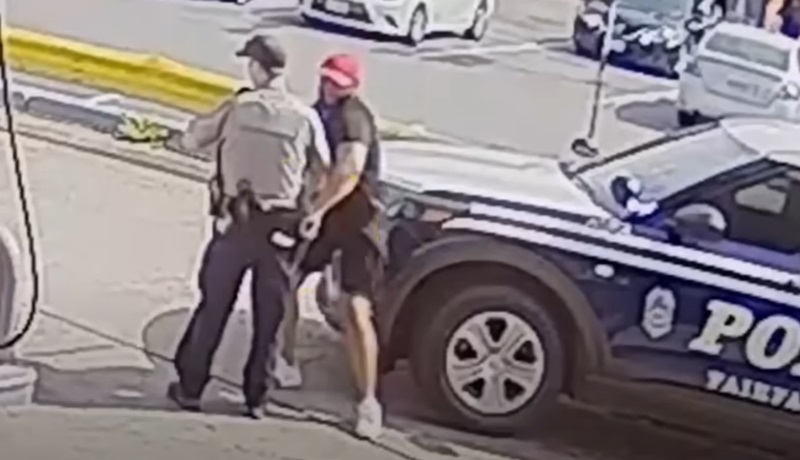
“I don’t shake hands,” said the veteran officer, then he continued with his business. I thought that seemed rude but I reluctantly followed his lead most of the time for the rest of my career. Smiles and handshakes are essential human interactions, at least in the culture I know, so why the reluctance of many officers still today? One answer: distance. Physical and emotional. Right or wrong, we have to understand that there is merit to these decisions as well as exceptions to this age-old caution.
During the investigation of a trespassing complaint in March of this year, a Tallahassee, FL police officer engaged in a struggle with a suspect who disarmed the officer and shot him with the duty weapon. A Bradly, IL police sergeant was attacked by two suspects in December of 2023 while she was investigating a noise complaint at a motel. While injured and lying on the floor, she begged the suspects not to shoot her, but, already armed, they seized the officer’s weapon and shot her to death. On a traffic stop for a 15 mph excess speed and careless driving, a Haines City, FL officer was accosted by the driver’s friends and when placing the driver arrest the suspect reached for the officer’s weapon and pulled the trigger while it was still holstered, shooting the officer in the leg. In February of this year a Las Vegas, NV officer contacted a suicidal person walking in traffic. While attempting to detain the man, the suspect obtained the officer’s gun and fired five rounds.
A basic instruction to police officers in elemental training is the importance of controlling an encounter. The term situational awareness is sometimes translated by the trainer with the phrase “keep your head on a swivel”. Coaches in team sports give the same advice. Knowing what is going on around you in potentially rapidly changing circumstances can keep a basketball player in control of the ball, and a police officer in control of a scene.
Comparing the behavior of a casual person in a normal human interaction to interacting with a police officer may paint the officer as stand-offish and a little bit paranoid by social conventions. Most people might be annoyed while enjoying a meal with a friend who doesn’t maintain eye contact to show interest. Sitting with a police officer – on or off duty – means seeing them constantly glancing around, watching the comings and goings of everyone in the room. They tend to keep their strong hand empty as a habit of being ready to access their firearm, and, yes, they like to sit or stand with their back to the wall.
Officers are trained to stand with a “bladed stance”, at an angle that keeps the firearm side most distant from the other person, with the other foot slightly ahead. Often they will stand literally an arm’s length away. This creates stability for the officer and their ability to pivot or step away from an impending threat, less vulnerable to being pushed off balance.
Officers are also trained to realize that every encounter is a “man with a gun call” because they carry a set of weaponry into every encounter. They must be conscious of retaining their firearm, Taser, nightstick, pepper spray, and radio. Losing any one of these assets can be deadly to the officer and the public.
Maintaining a degree of emotional distance is a safety factor as well. The brain cannot accommodate caution and preparation for threat at the same time as pleasantness. The biochemistry of smiling is incongruent with the chemistry of alertness.
Once an officer senses that their threat assessment indicates no adversarial situation, there is time for an appropriate handshake and friendly exchange, although safety habits remain and the officer may still maintain some tactical advantage by their position even in friendly encounters. These habits are a challenge to public relations but help ensure that the officer remains to serve another day.